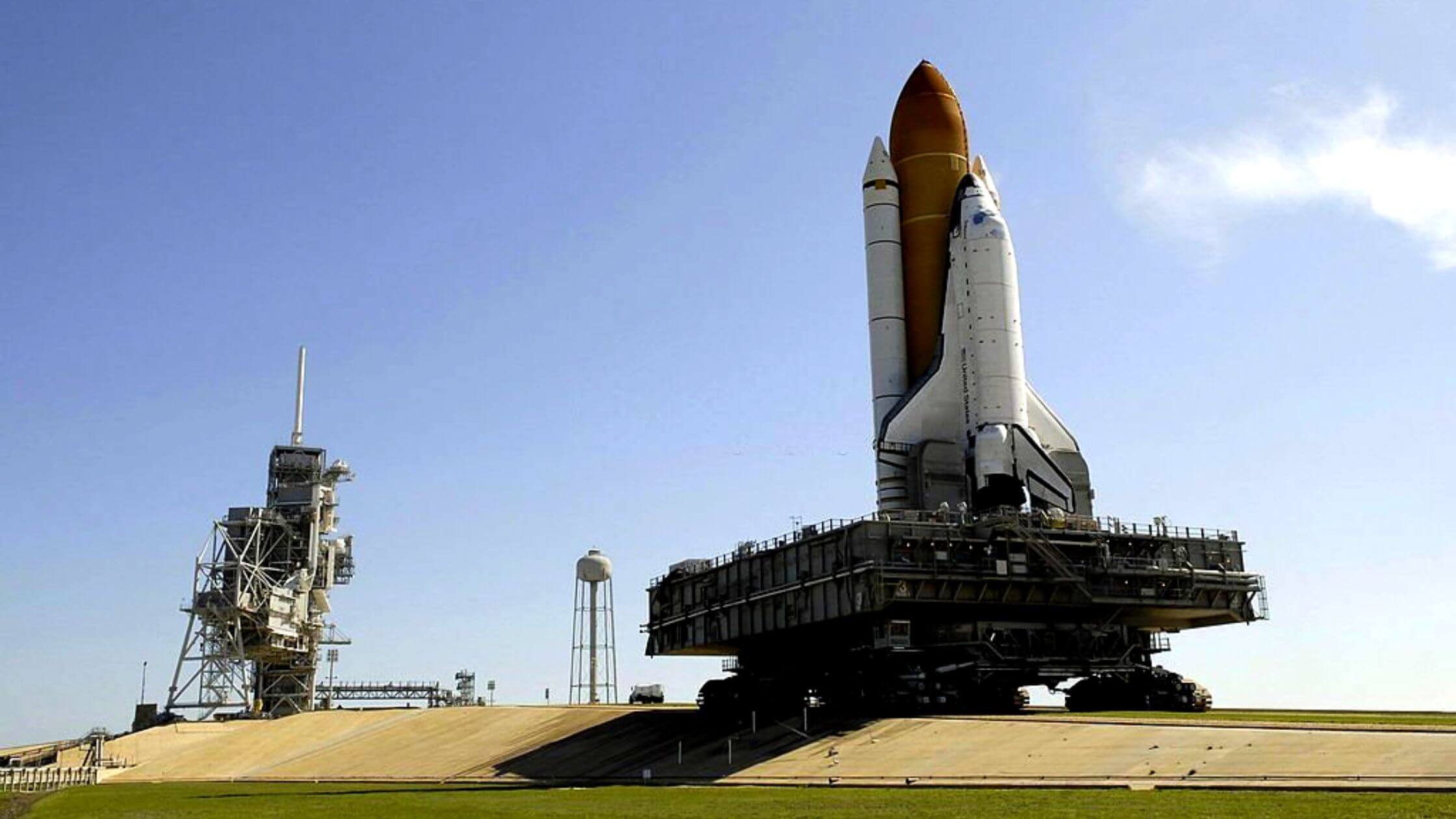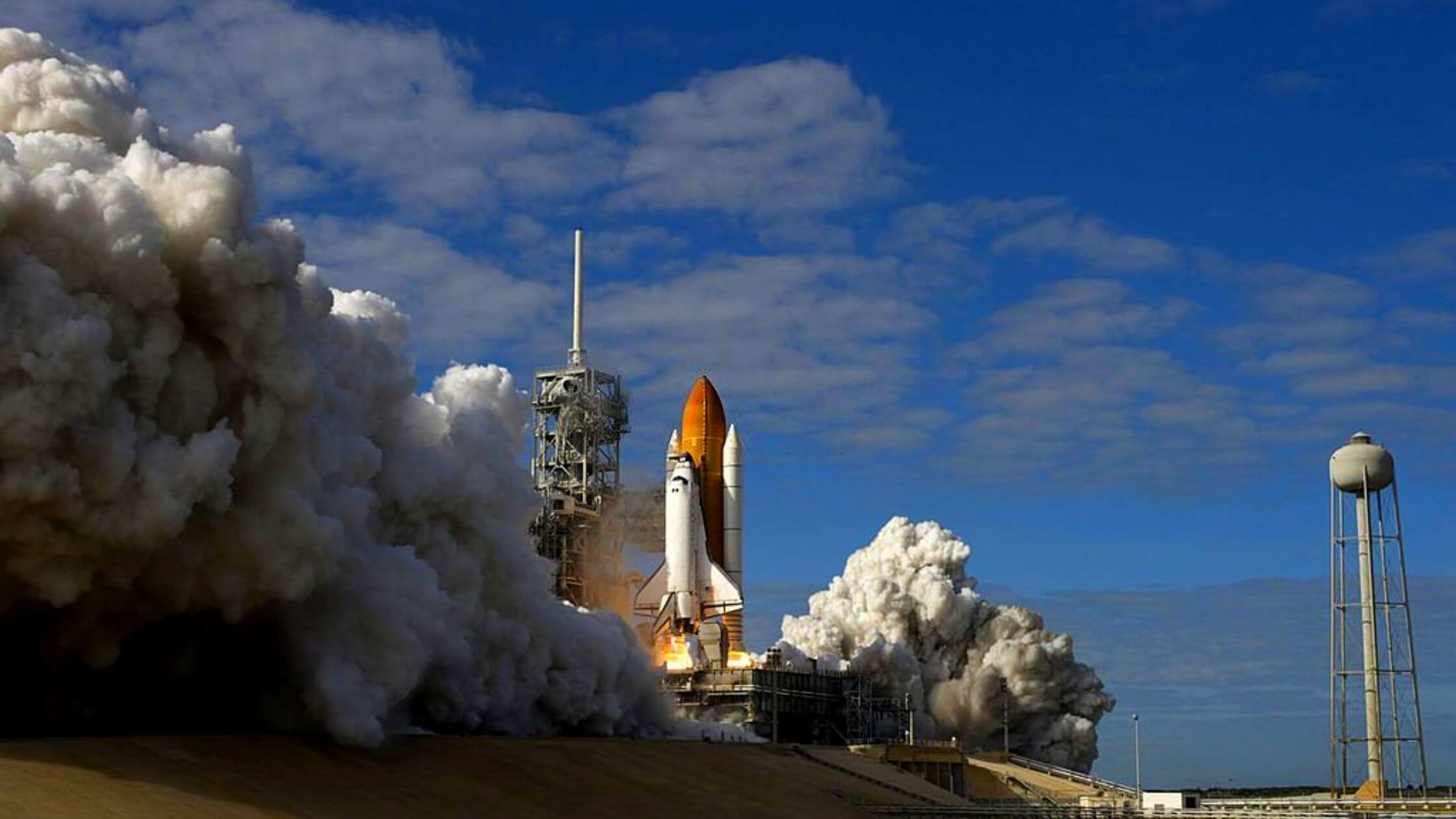News
The Planned Launch Date For The Artemis 1 Mission Is Currently On Schedule- NASA

NASA’s Space Launch System (SLS) rocket, an uncrewed Orion spacecraft, and Artemis I are performing their first integrated flight test. The organization’s Kennedy Space Center in Florida also functions as the ground system. As part of Artemis, the mission will prepare the way for a crewed test flight and future human lunar exploration.
Teams have thoroughly examined the rocket, spacecraft, and related ground systems since Hurricane Nicole passed through, and they have determined there were no appreciable effects from the extreme weather.
On November 4, the SLS rocket and Orion spacecraft reached Kennedy’s Launch Pad 39B and weathered the storm there. Before this, there were many obstacles in the way of Artemis’ launch. NASA has reportedly been waiting for launch conditions that are feasible since August.
What Is The Purpose Of The Artemis 1 Mission?
By 2024, the National Aeronautics and Space Administration (NASA) hopes to send the second man and the first woman to the lunar surface as part of its Artemis program. NASA’s Apollo lunar mission, which took place in 1972, was the final time it deployed people to the moon.

NASA wants to showcase cutting-edge technologies, capacities, and commercial strategies through the Artemis program because these things will ultimately be required to explore Mars in the future.
The mission’s last name, Exploration Mission-1, was changed after establishing the Artemis program. A Space Launch System rocket will be used to launch the mission from Launch Complex 39B at the Kennedy Space Center. With at least six of its 26–42 day mission spent in a far-off retrograde orbit about the moon, the Orion spacecraft will be launched on its journey. Ten CubeSat satellites will be placed into orbit after executing a trans-lunar injection, and the Orion spacecraft will then enter a far-off retrograde orbit for six days. The Orion spacecraft will next make a second trip around the sun, reenter the atmosphere of the planet while being shielded by its heat shield, and dive down into the Pacific Ocean.
About Artemis I And Its Elements
The program has three segments, with Artemis I being the opening segment. In the initial announcements, NASA had stated that Artemis I would probably launch in 2021 and would be an unmanned voyage to test the Space Launch System (SLS) and Orion spacecraft. However, as we approach 2022’s outskirts, it still hasn’t materialized.
Going to the moon requires many different components for NASA. The buildings on the ground necessary to assist the launch are included in the vital component known as the exploratory ground systems. In addition, the Orion spacecraft and the Space Launch System (SLS) are used for lunar missions. According to information currently available, NASA will launch astronauts on the Orion spacecraft using its new SLS rocket.
The astronauts can live and work on the moon after docking Orion at the Gateway, a tiny spacecraft in orbit around the moon. They will also be able to launch missions to the moon’s surface from the spacecraft.
Newly created spacesuits called Exploration Extravehicular Mobility Units, or xEMU, will be used by astronauts participating in the Artemis program.
These spacesuits have advanced mobility and communications capabilities and interchangeable parts that can be set up for spacewalks in microgravity or on the surface of another planet.
Nasa And Its Moon-exploration Efforts
From 1961 forward, the US made attempts to send people into space. Eight years later, as part of the Apollo 11 mission, Neil Armstrong and Edwin “Buzz” Aldrin made history when they set foot on the moon for the first time on July 20, 1969.
NASA’s effort to send Americans to the moon once more serves several objectives beyond space exploration, including demonstrating US leadership in the space race and establishing a strategic presence on the moon while boosting the country’s economic influence around the world.
